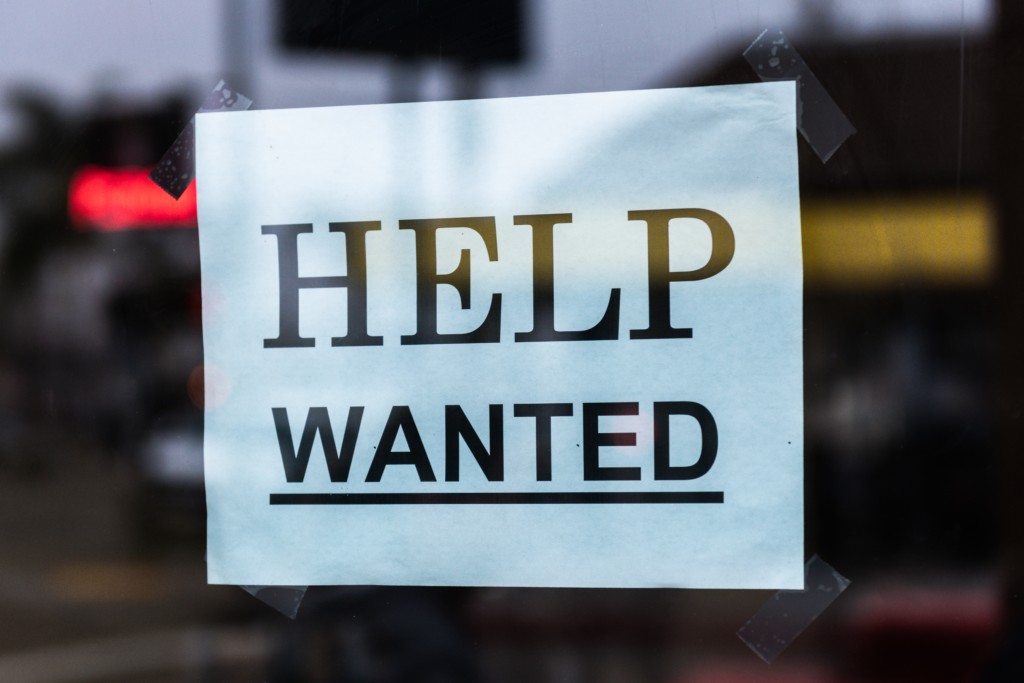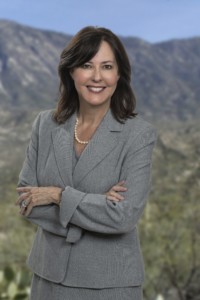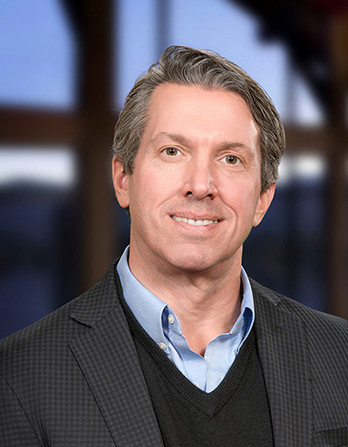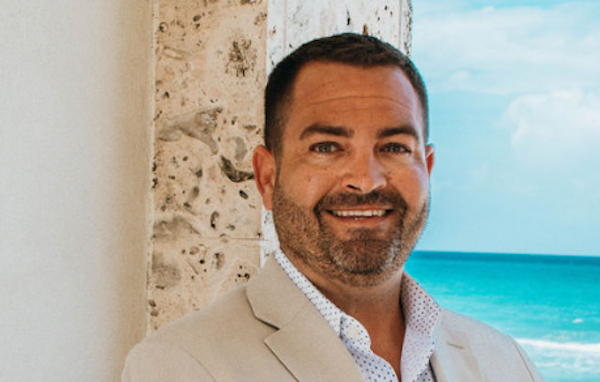The pandemic has dealt an already strained industry a serious blow. Solving the issue won’t be easy
By Jennifer Taylor
When a patient inside a residential addiction treatment center is awake all night, it’s usually a frontline healthcare worker who sits with them. When that same patient is working through a past trauma that brought on the addiction to begin with, it’s usually a licensed therapist who’s helping them overcome their past.
In locations across America, however, such essential workers are hard to find—and getting harder. Facing a severe staffing crunch, addiction treatment centers are spread so thin in some places that they’re putting people who need intensive outpatient care on waitlists until they can be seen—or shuttering altogether.
Jaime Vinck, CEO of Utah-based Recovery Ways, an addiction treatment healthcare provider with locations in Idaho, Texas, Utah, Washington and Nevada, calls the shortage “the biggest challenge” in the industry.
What ends up happening to individuals on the waitlist? “We are referring out the mental health patients until we can get properly trained mental health therapists,” Vinck says. Meanwhile, therapists in Recovery Ways’ residential programs, where there is currently no shortage, have increased their caseloads for people with immediate need.
Skilled behavioral healthcare workers have historically been hard to find, not to mention retain. The work isn’t easy and is accompanied by high burnout rates, especially in the addiction treatment field. Layer on a once-in-a-century pandemic, and suddenly the addiction treatment field in the U.S. is faced with an unprecedented workforce shortage.

Back in 2015, Pew Charitable Trusts spotlighted the problem in a first-of-its-kind “provider availability index” that showed how many behavioral health professionals—psychiatrists, counselors and social workers—were available in each state to treat the estimated 20 million people across the country with a substance use disorder (SUD). The numbers ranged from a high of 70 providers for every 1,000 adults with addiction in Vermont to a low of 11 per 1,000 in Nevada. Nationally, according to Pew, the average at the time was 32 behavioral health specialists for every 1,000 people with SUD. The report did not determine an ideal ratio but noted widespread consensus that the workforce was inadequate. One addiction expert in the report called the crisis “severe.”
In many places, it’s only gotten worse since then.
The issue came to a head last year in Oregon, where the advocacy group Oregon Recovers voiced its frustration regarding the potential fallout from the behavioral health workforce crisis in a letter to Oregon Gov. Kate Brown that called on her to intervene.
Healthcare is high-stress employment. When one analyzes employment desirability across an economy … healthcare is a notorious, weak, problematic place.”
—Marvin Ventrell, NAATP
According to The Lund Report, the shortage in Oregon has forced providers to spend months searching for caregivers to fill vacancies, or in some cases even close programs due to a lack of staff. In the letter, providers cited several such closures and asked Brown to declare Oregon’s behavioral health staffing crisis a statewide emergency. They also requested that the governor task someone with overseeing the crisis and funnel state health authority money and administrative resources toward the issue.
“This is a crisis that’s going to have significant exponential consequences in years to come,” says Mike Marshall, founder and executive director of Oregon Recovers. “We need people to come back off the sidelines, back into a career doing addiction counseling.”
The governor, according to Marshall, hasn’t taken any action on the issue. “We’re making very little progress,” he says.
Unprecedented Challenges
In a special September 2021 Psychiatry Online report, researchers contended that a “rapid and substantial” scaling up of access to effective treatment is needed to address the opioid crisis, which approached 100,000 overdose deaths in the latest 12-month period measured by the Centers for Disease Control and Prevention (CDC). “Strategies to increase access are hindered by a lack of treatment providers,” the paper’s authors say, adding that “this national problem demands a multipronged approach including using federal programs to grow and diversify the pipeline of addiction providers, medical education initiatives and enhanced training and mentorship to increase the capacity of allied clinicians to treat patients who have an opioid use disorder.” Notably, the authors recommend that workforce development be combined with “reforms for integrating addiction treatment into mainstream medical care and with new treatment models, including telehealth, which can lower patient barriers to accessing treatment.”
Although the severity of the current overall workforce shortage in behavioral health is difficult to quantify, Marvin Ventrell, CEO of the more than 1,000-member National Association of Addiction Treatment Providers (NAATP), says that when he speaks to treatment center leaders, they tell him it’s their number one problem.
From a recruitment standpoint, I find myself really, really competing financially for people. That wasn’t the case five years ago.”
—Jaime Vinck, Recovery Ways
What’s happening now in the addiction treatment space is a microcosm of the larger economic employment trend in the country, says Ventrell. The pre-existing workforce shortage was exacerbated by the pandemic, during which treatment centers reduced available beds for patients while making a hard pivot to telehealth. The convergence of an already strained workforce, COVID-induced isolation and learning how to treat patients during an uncertain and deadly global pandemic that put caregivers themselves at risk led to new stressors among employees, such as emotional and physical exhaustion—what’s come to be called “compassion fatigue.”
“Healthcare is high-stress employment,” Ventrell says. “When one analyzes employment desirability across an economy, you begin to parse out the metrics that cause people to have job satisfaction, and healthcare is a notorious, weak, problematic place.”
More Competitive Than Ever
COVID brought about another variable for executives trying to fill open positions—one that goes beyond potential hires’ desire for a positive work environment and culture, with room for development and growth, to the bottom line. Within the past year, a hiring landscape that was already challenging for employers has become even more competitive.
“From a recruitment standpoint, I find myself really, really competing financially for people,” says Recovery Ways’ Vinck. “That wasn’t the case five years ago.”
The discussions being had in therapist job interviews—Recovery Ways had 10 unfilled positions at the time of publication—focus on work-life balance and money. Therapists are asking to work from home, a tricky request for centers with residential treatment, and they’re being hired away by behavioral health startups offering more money and even signing bonuses.

“In all my years hiring therapists, this the first time I’ve ever heard of [that],” Vinck says. “The conversation has shifted to monetary things.”
Other barriers to attracting new healthcare workers to addiction treatment, according to Ventrell, include geography; the evolution in the physician’s role in treatment (as well what they’re paid—Ventrell says it’s not uncommon for the physician in a program to make more than the CEO); and a lack of educational training around substance use disorder by traditional medical staff.
Many residential treatment centers are located on isolated rural campuses far from urban areas. Recruiting staff to work at these facilities is more difficult—the locale may not be desirable for potential workers who might be weighing the availability of resources such as schools, transportation, shopping, and cultural and recreational opportunities. Additionally, Ventrell notes, the treatment field has slowly evolved from a social model (like the 12 steps) to a medical model in which it is essential to provide medical care. Concentrations such as psychiatry are often not the first choice in medical schools, he says. Add to that the notion that addiction is one of the least understood areas of behavioral health, and the hiring pool becomes even more limited.
Creativity and Flexibility
As the pandemic drags on, executives are devising creative employee hiring and retaining strategies, coupled with precision cost-cutting efforts that won’t impact treatment care or increase costs. Ventrell emphasizes the need for the field to create well-defined paths for its workforce, something that has been slow to catch on as care has shifted to a medical model. “In order for an industry to thrive, it needs career paths for people,” he says. “Historically, the vast majority of counselors were in recovery themselves. It was thought to be sort of necessary to do the work. That’s no longer true. If your [hiring] pool is limited to those in recovery, you severely limit the pool.”
For Vinck and Recovery Ways, creativity meant making another set of pivots. It began with the realization that the organization needed to be adaptable and flexible in both treatment services and hiring practices. “We are creatively solving the problem,” she says.
In this industry, burnout, compassion fatigue, is very real. Low caseloads and generous leave policies minimize that and allow us to have strong retention.”
—Bill Anuszewski, Jaywalker Lodge
On the outpatient side, Vinck says Recovery Ways is embracing and filling needs with telehealth. The provider is working with clinical supervisors to ensure that it can continue the licensure process to get people in a variety of stages of their training. It also broke the rigid pre-pandemic mold of in-person, in-office work weeks by being more flexible. For example, to attract new hires, Vinck has embraced nontraditional work-week models when requested. One staffer’s request, for example, was to work part-time in telehealth and then part-time in a private practice.

“To me, the most important thing is that we somehow differentiate ourselves from a cultural standpoint and make ourselves the place where people want to work,” Vinck says. “We’ve been able to recruit people that believe in what we’re doing. And they want to be treated in a certain way. They want to be appreciated.”
That approach has worked well for Bill Anuszewski, CEO of Jaywalker Lodge, a men’s treatment center in Carbondale, Colo. Anuszewski says he hasn’t had much luck using recruitment services. Instead, staffing issues come down to the organization being culture-centered and making itself an employer of choice. He says how the center invests in its clients and staff is critical in retaining workers.
“In this industry, burnout, compassion fatigue, is very real,” he says. “Low caseloads and generous leave policies minimize that and allow us to have strong retention.”
As the pandemic wanes, Vinck sees a workplace model that continues to evolve—even to situations where staff might work in residential treatment for a month, then work outpatient and virtually for the next month.
“Allowing someone the flexibility, I think that’s where this is going to go,” Vinck says. “I think hybrid will be the future.”
Photos: Matthew Henry (top), Tim Mossholder














